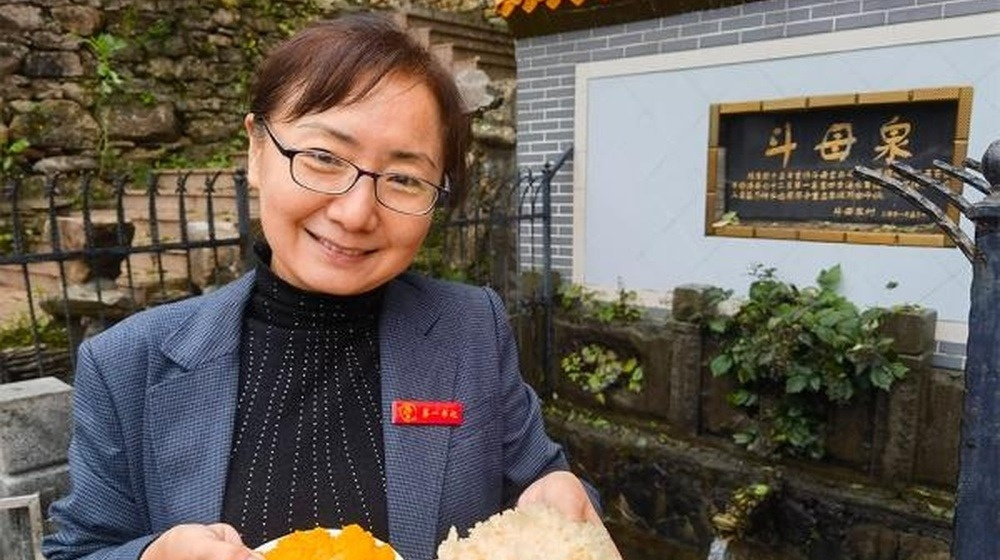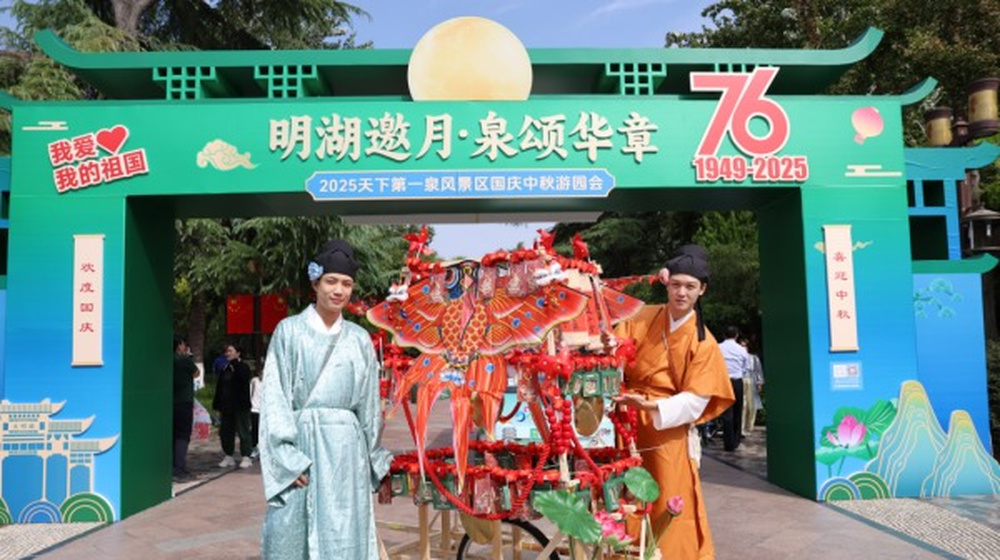Recently, eleven international friends from Thailand, Vietnam, Sri Lanka and Serbia visited Qingshiguan Village and Maoshaowan Village successively, decoding Laiwu's unique cultural genes amid the vicissitudes of the Great Wall of Qi ruins and the vivid scenes of life of ancient villages.
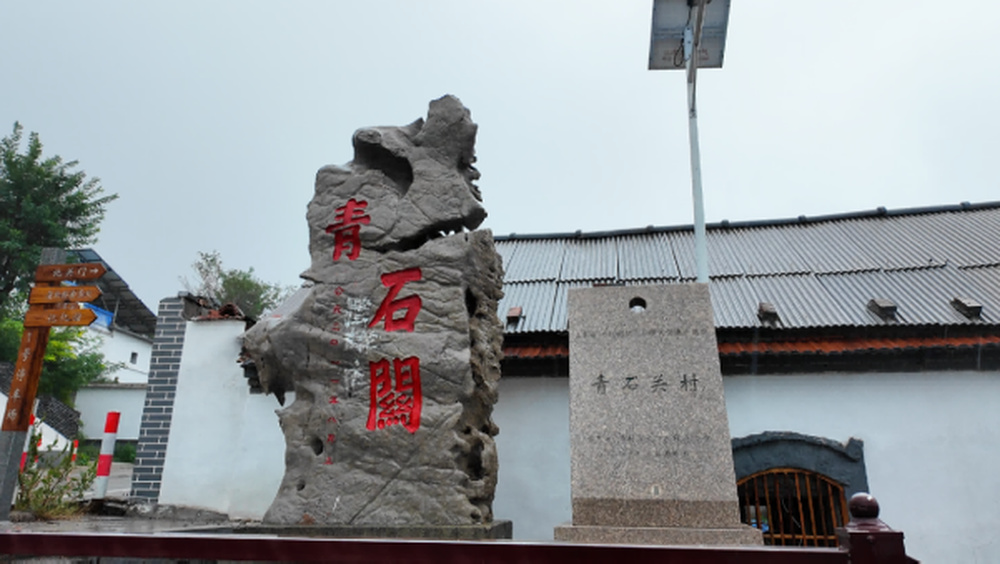
Upon entering Qingshiguan Village, the guide introduced the historical background of the Great Wall of Qi, which immersed the international friends in the scene of a thousand years ago. Standing beside the ruins of the Great Wall of Qi at Qingshiguan, the weathered city walls and remaining traces of passes offered a vivid glimpse into the grandeur of ancient military engineering.
Later, they followed the ancient post road to explore Pu Songling's Tea-Giving Site, the ruins of an old money shop, and a former battlefield hospital. A friend from Sri Lanka took out her phone to photograph the details of the city walls, "Every brick and stone seems to tell a story. This sense of historical depth is truly shocking."
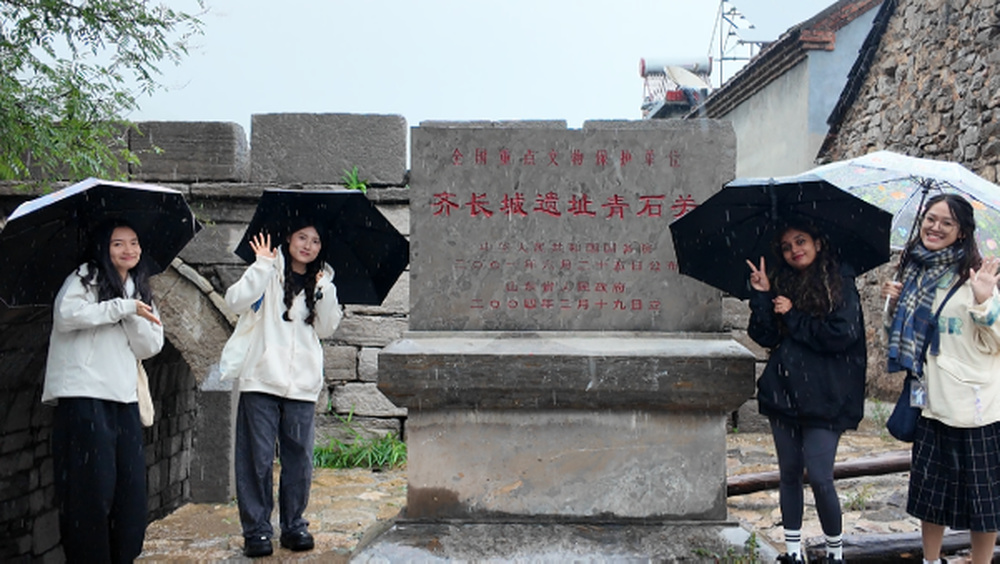
Then, the international group headed to Maoshaowan Village, a well-preserved traditional ancient village. They firstly visited the village's guesthouses: courtyards paved with bluestone slabs, carved wooden doors and windows, and interiors that blend traditional charm with modern comfort. A friend from Vietnam praised, "Staying here feels like stepping into a Chinese ink wash painting—it's so pleasant."
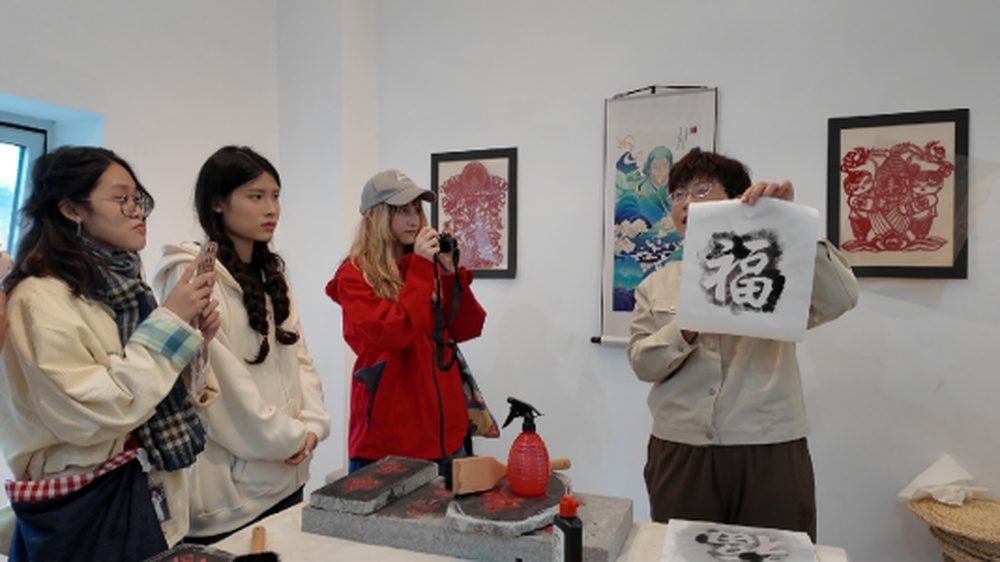
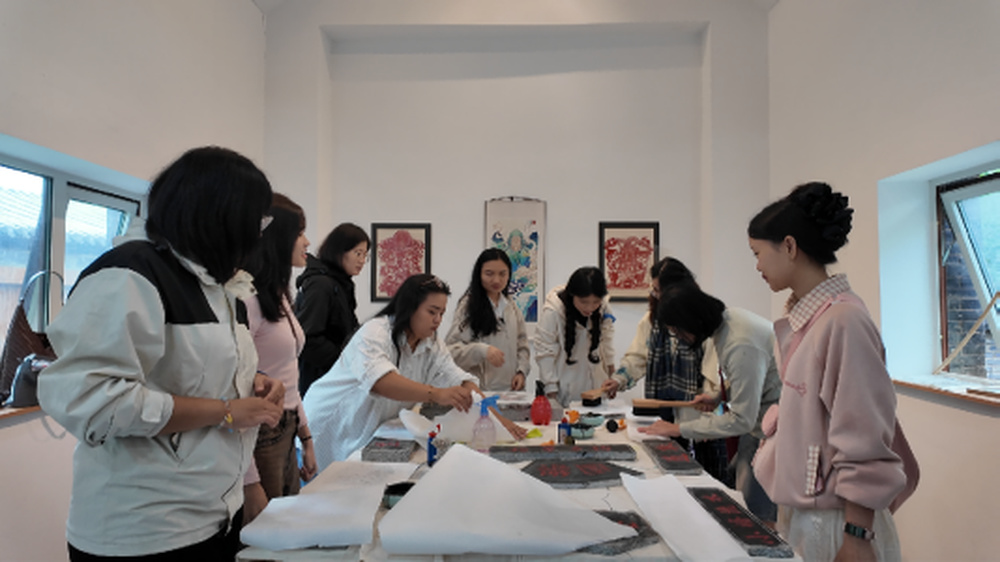
Next came the rubbing technique experience. A friend from Serbia was the first to try: from gently laying the paper, to evenly brushing the ink, and then lightly pressing. When a rubbing work with traditional patterns was completed, she held it up to share with her companions, saying, "Creating a traditional Chinese craft with my own hands is so meaningful!"
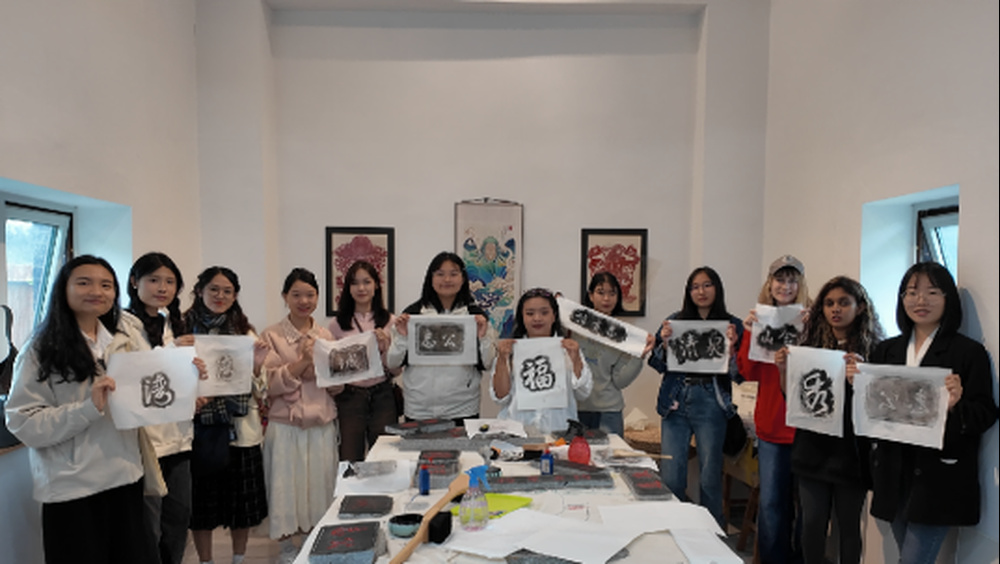
In recent years, relying on its rich historical and cultural resources and rural ecological advantages, Laiwu District has taken the path of "ancient village protection + cultural activation" to develop projects such as Qingshiguan Great Wall of Qi Cultural Experience Area and Maoshaowan Traditional Village Study Base. These efforts have breathed new vitality into Laiwu's millennia-old cultural heritage in the modern era.
This event not only opened a window for international friends to understand Laiwu but also showcased Laiwu's development practice of "promoting exchanges through culture and gathering vitality through tourism", writing a vivid note in the mutual learning between Chinese and foreign cultures.
Editor:Cao Xiaoxu






